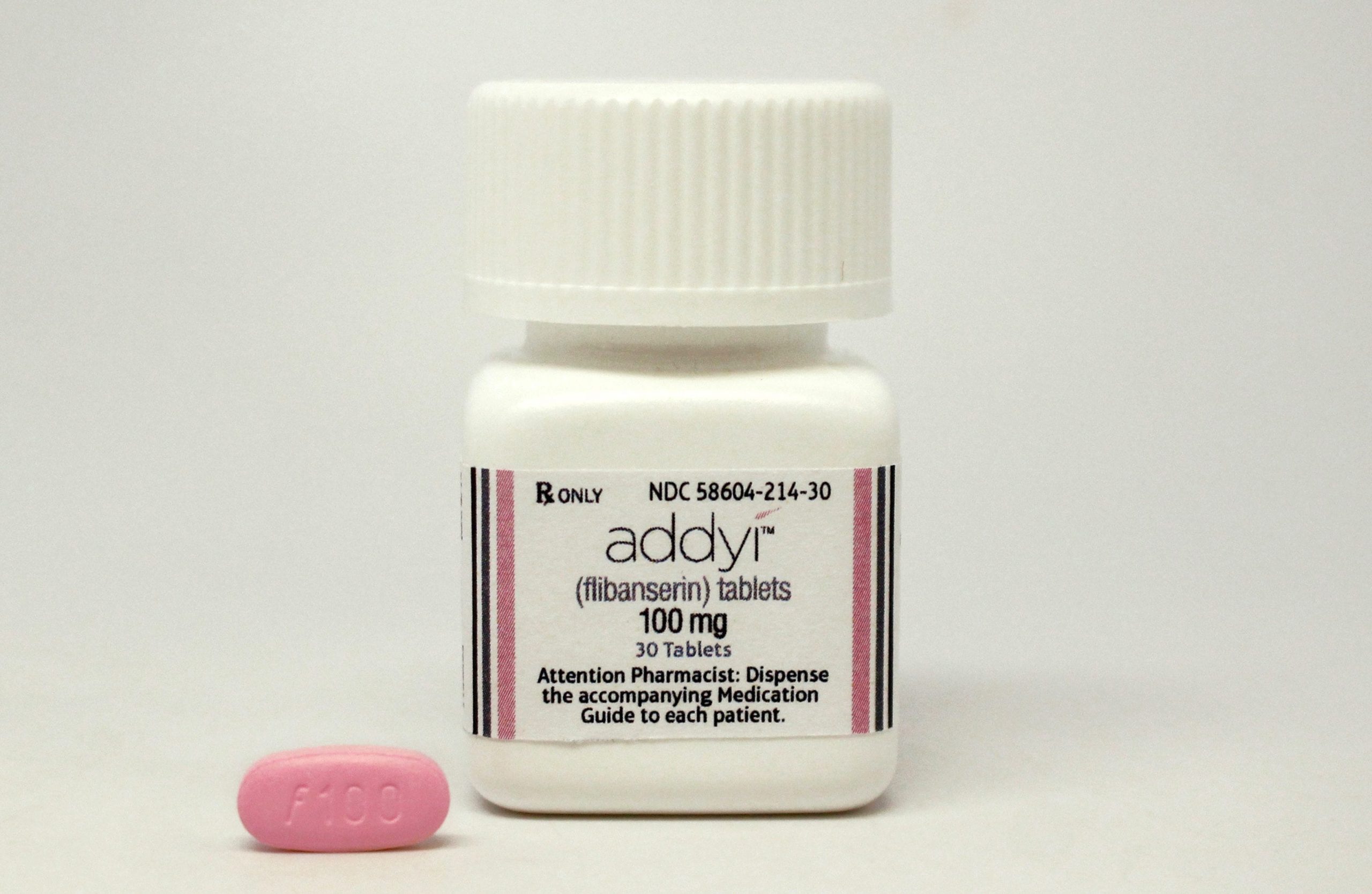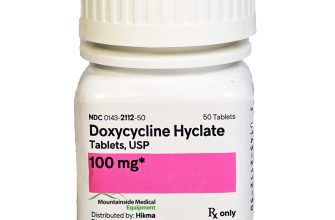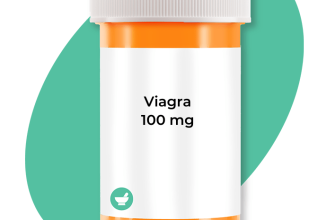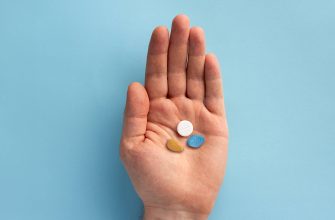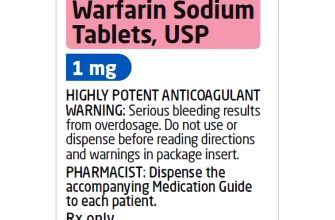Need help navigating the options for female sexual health? Focus on companies with a proven track record of FDA-approved products or those actively pursuing such approval. This ensures safety and efficacy – crucial factors in this sensitive area.
Several key aspects distinguish leading female sexual health companies. Look for companies transparent about their research and development process, readily sharing clinical trial data to support their claims. This transparency builds trust and demonstrates a commitment to scientific rigor.
Beyond scientific backing, prioritize companies offering a range of products and support services. This might include diverse formulations catering to individual needs or access to telehealth consultations with medical professionals for personalized guidance. A holistic approach ensures comprehensive care.
Remember: Always consult your doctor before starting any new medication or supplement, even those for sexual health. They can help you assess your specific needs and determine the best course of action based on your medical history.
Don’t hesitate to investigate companies thoroughly. Check online reviews and ratings from verified customers to gauge real-world experiences. This due diligence helps you make an informed decision aligned with your individual circumstances.
- Female Viagra Company: A Detailed Overview
- Understanding Different Approaches to FSD Treatment
- Identifying the Leading Companies and Their Products
- Other Key Players and Approaches
- Understanding the Science Behind Female Sexual Dysfunction Treatments
- Hormonal Imbalances and FSD
- Neurological Factors in FSD
- Lifestyle Factors and FSD Management
- Pharmacological Interventions for FSD
- Non-Pharmacological Approaches
- Finding the Right Treatment
- Disclaimer:
- Evaluating the Efficacy, Safety, and Side Effects of Available Treatments
- Hormone Therapy and Other Options
- Side Effect Considerations
- Addressing Specific Concerns
Female Viagra Company: A Detailed Overview
Several pharmaceutical companies develop and market medications to address Female Sexual Dysfunction (FSD). Focus on companies actively involved in clinical trials or with FDA-approved treatments. Research their specific medications, target markets, and any unique approaches to treatment.
Understanding Different Approaches to FSD Treatment
Companies may focus on different aspects of FSD. Some prioritize medications targeting blood flow, similar to Viagra’s mechanism for men. Others investigate hormonal imbalances or psychological factors contributing to FSD. Understanding these varied approaches is key to appreciating the complexities of the market.
Palatin Technologies, for example, has focused on bremelanotide, a melanocortin receptor agonist. This offers a different mechanism of action compared to phosphodiesterase-5 inhibitors like sildenafil (Viagra). Examine clinical trial data for each company and product to compare efficacy and safety profiles. Look for information on side effects and contraindications.
Consider the long-term strategies employed by these companies. Are they investing in further research, exploring new drug candidates, or expanding into related markets? This will provide insight into their commitment and future potential.
Finally, assess the financial performance and market share of relevant companies. This offers a perspective on their success and stability. Consult reliable financial news sources and industry reports for comprehensive data.
Identifying the Leading Companies and Their Products
While there isn’t a “female Viagra,” several companies offer FDA-approved treatments for Female Sexual Arousal Disorder (FSAD). These treatments address different aspects of sexual function. For example, Palatin Technologies developed bremelanotide, a medication administered as an injection or nasal spray that increases sexual desire. The specific product is currently marketed under the name Vyleesi.
Other Key Players and Approaches
Sprout Pharmaceuticals successfully brought Addyi (flibanserin) to market. Addyi is an oral medication, taken daily, aiming to boost libido. Note that Addyi has stricter prescribing requirements and potential side effects compared to other options, so consultation with a healthcare provider is crucial before considering it. Research continues into novel therapies for FSAD, with different pharmaceutical companies exploring various approaches such as topical creams and other oral medications. Always consult your doctor to discuss the available options and which treatment might be appropriate for your individual needs and circumstances.
Understanding the Science Behind Female Sexual Dysfunction Treatments
Female sexual dysfunction (FSD) encompasses various conditions impacting sexual desire, arousal, orgasm, or satisfaction. Treatments target the underlying physiological and psychological factors.
Hormonal Imbalances and FSD
Hormonal fluctuations, particularly estrogen decline after menopause, significantly influence libido and arousal. Hormone replacement therapy (HRT) can restore hormonal balance, improving symptoms for some women. However, HRT isn’t suitable for everyone and carries potential risks; discuss this thoroughly with your doctor. Other hormonal therapies, such as testosterone supplements, are sometimes used, but require careful monitoring.
Neurological Factors in FSD
The brain plays a crucial role in sexual response. Neurotransmitters like serotonin and dopamine heavily influence sexual desire and arousal. Selective serotonin reuptake inhibitors (SSRIs), commonly prescribed antidepressants, can sometimes reduce libido as a side effect. Your doctor might adjust medication or explore alternative treatments to manage both depression and FSD.
Lifestyle Factors and FSD Management
- Stress Reduction: Chronic stress negatively impacts sexual function. Techniques like yoga, meditation, and regular exercise can help.
- Improved Communication: Open communication with your partner is fundamental to a healthy sex life. Professional guidance from a therapist can help.
- Addressing Relationship Issues: Underlying relationship problems can significantly affect sexual function. Couple’s therapy can be beneficial.
- Dietary Changes: A balanced diet supports overall health, which positively impacts sexual well-being.
Pharmacological Interventions for FSD
Beyond HRT, several medications aim to improve specific aspects of FSD. These medications require a doctor’s prescription and careful monitoring due to potential side effects. Always discuss all potential risks and benefits with your healthcare provider before starting any medication.
Non-Pharmacological Approaches
- Pelvic floor physical therapy: Strengthening pelvic floor muscles can improve arousal and orgasm.
- Sex therapy: A sex therapist guides individuals or couples through exercises and education to improve sexual function and communication.
- Cognitive behavioral therapy (CBT): CBT helps address negative thoughts and behaviors impacting sexual health.
Finding the Right Treatment
Treating FSD often requires a multi-faceted approach, combining lifestyle changes, therapy, and potentially medication. The best approach depends on individual needs and preferences, making close collaboration with your healthcare professional vital for personalized care. Don’t hesitate to ask questions and seek a second opinion if needed.
Disclaimer:
This information is for educational purposes only and does not constitute medical advice. Always consult with a qualified healthcare professional before making any decisions related to your health or treatment.
Evaluating the Efficacy, Safety, and Side Effects of Available Treatments
Women experiencing low sexual desire should discuss treatment options with their doctor. Currently, no FDA-approved “female Viagra” exists. However, several medications and therapies may help. Flibanserin (Addyi) addresses low sexual desire in premenopausal women but requires careful monitoring due to potential drug interactions and side effects such as dizziness and nausea. Its efficacy varies significantly between individuals.
Hormone Therapy and Other Options
Hormone therapy, particularly with estrogen and testosterone, can sometimes improve libido, but carries its own risks and isn’t suitable for everyone. These risks include blood clots and an increased risk of certain cancers. Doctors carefully assess individual risk factors before prescribing hormone therapy. Other approaches include addressing underlying medical or psychological issues like depression or anxiety, which frequently impact sexual function. Lifestyle changes, including regular exercise, stress reduction techniques, and improved sleep, can also play a significant role.
Side Effect Considerations
Side effects differ greatly depending on the treatment. For example, while Flibanserin can cause drowsiness and nausea, hormone replacement therapy poses different risks, as mentioned earlier. Psychological therapies might involve some initial discomfort in discussing personal matters, but usually do not have significant side effects. Open communication with a healthcare provider is vital for managing any side effects and ensuring the best treatment approach. Always report any concerns or adverse reactions immediately. Your doctor can help you weigh the benefits and risks of various options, tailored to your unique health profile.
Addressing Specific Concerns
Individual responses to these treatments vary widely. Some women may experience significant improvement, while others may see minimal or no change. A multi-faceted approach often yields the best results. This could involve a combination of medication, therapy, and lifestyle modifications. Persistent low sexual desire needs ongoing assessment and potentially adjusted treatment strategies. Remember, seeking professional help is crucial for accurate diagnosis and individualized management.

